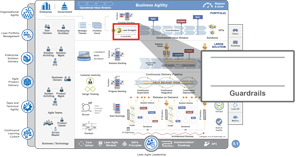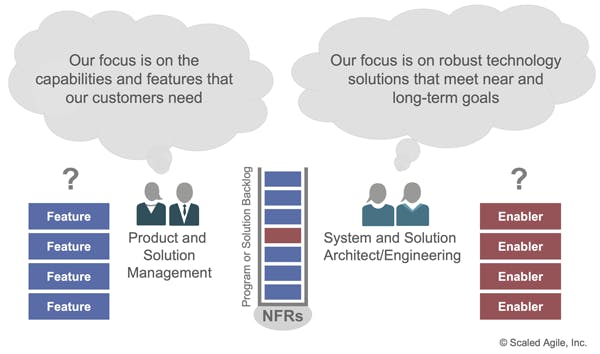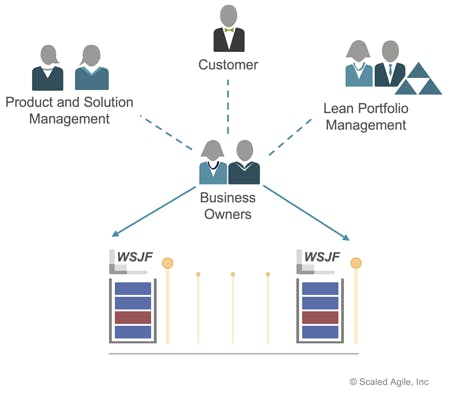Skip to content
Share
Explore

Scaled Agile Framework - SAFe 5
 Lean Budget Guardrails
Lean Budget Guardrails
Content Page. Lean Budget Guardrails describe the policies and practices for budgeting, spending, and governance for a specific portfolio.

Lean Budget Guardrails
Details

Guardrail 1: Guiding Investments by Horizon

Guardrail 2: Apply Capacity Allocation


Capacity Allocation Example Policies
Guardrail 3: Approving Significant Initiatives

Guardrail 4: Continuous Business Owner Engagement

Learn More
Navigation Bar
This link can't be embedded.
Want to print your doc?
This is not the way.
This is not the way.

Try clicking the ⋯ next to your doc name or using a keyboard shortcut (
CtrlP
) instead.

